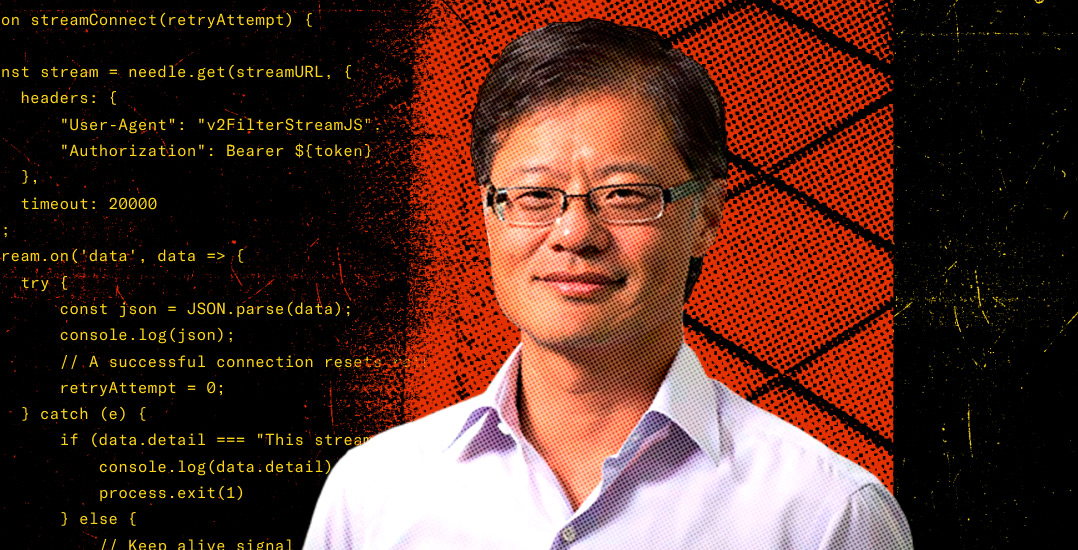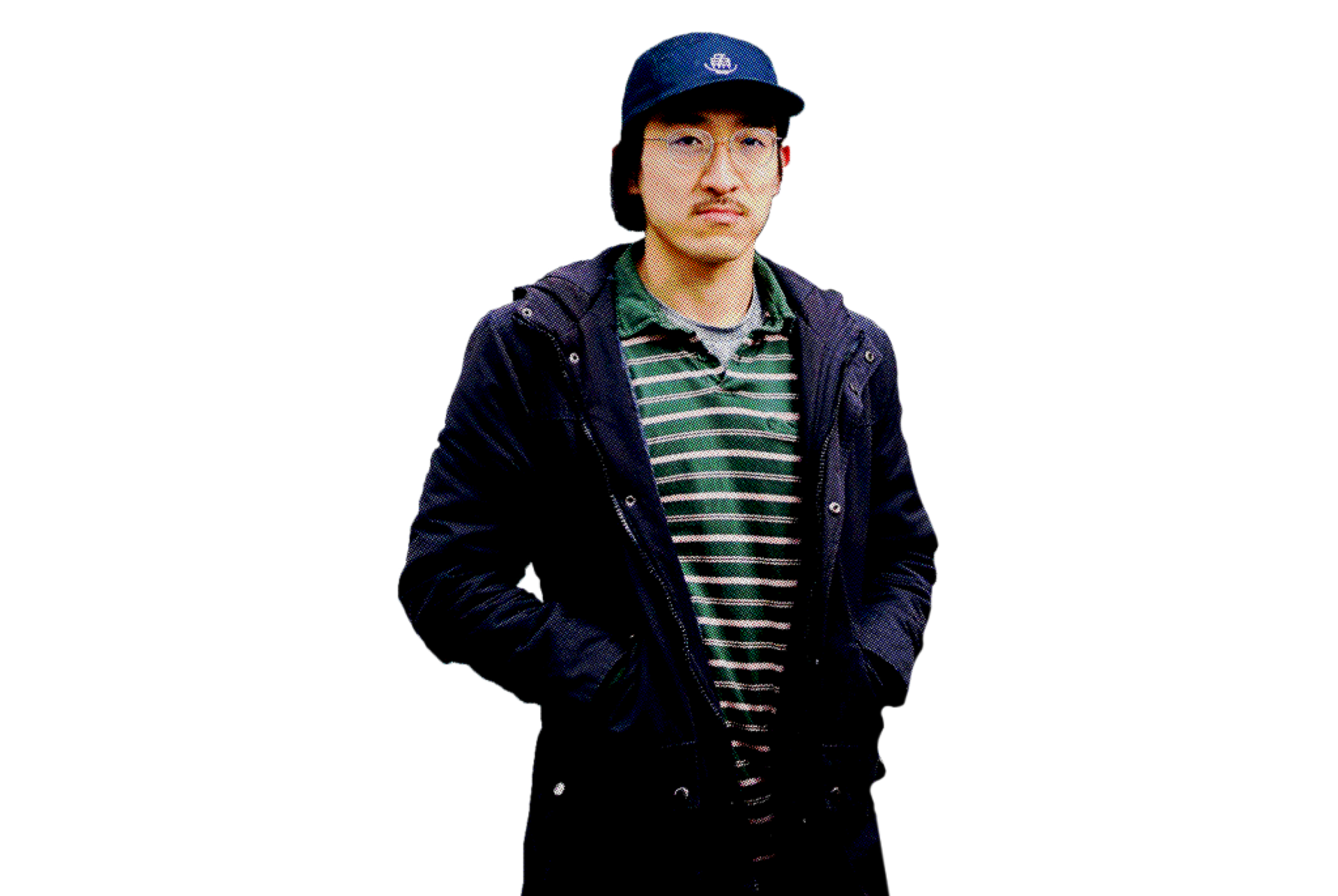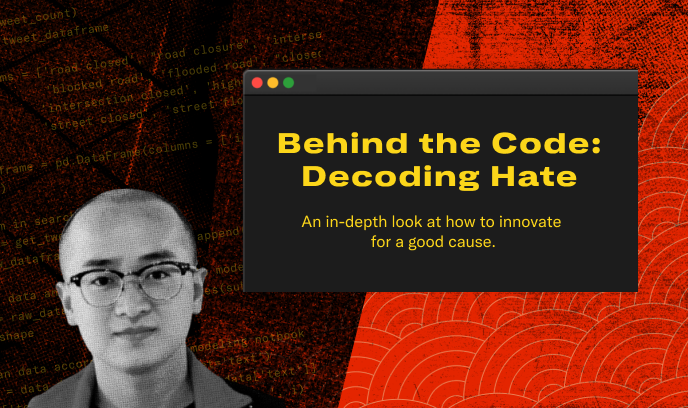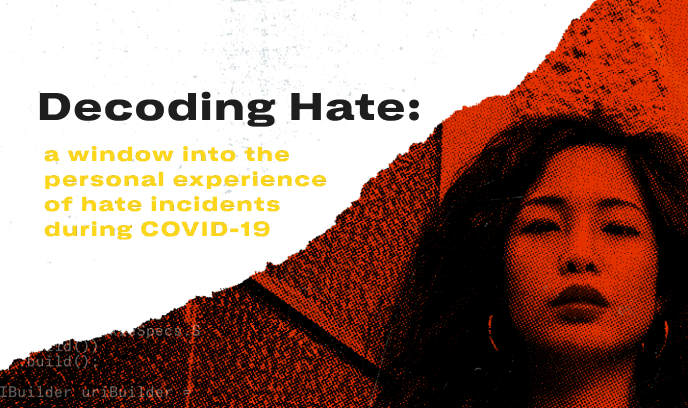Community
Decoding Hate: #BuildForGoodGlobal Scope : A Jerry Yang Story
By Twitter Dev 24 May 2022
By Twitter Dev 24 May 2022

Welcome to the first interview of the Global Scope content series! This series will feature written interviews from diverse developers in our community and aims to amplify their stories and voices and the amazing things they build with the Twitter Developer Platform.
For the premiere article in this series, we interviewed Jerry Yang, a founding board member of The Asian American Foundation (TAAF), and more widely recognized as the co-founder of Yahoo! and founder of AME Cloud Ventures. We talked with Jerry to understand the mission behind TAAF, its subsequent anti-Asian hate tracking project, Decoding Hate, and the journey to get there.
Q. What is the vision and the mission of TAAF? Has it changed over time as Decoding Hate has revealed more research and the scope of the problem?
A. The vision and the mission when we started TAAF was to be an organization that helps to both advocate for and provide multigenerational support for the Asian American Pacific Islander (AAPI) community.
Early on in the pandemic, there was a lot of harassment and hate incidents because people looked at Asian Americans as foreigners or as people that brought the disease. As we started tracking hate, we started finding small incidents, but then things got more violent. And sure enough, it led to pretty violent hate crimes against Asian Americans, including against a lot of elderly men and women. Things that we couldn't imagine 10 years ago in this country. Because of that, our tactics of understanding the problem and our ability to address it in public became a priority.
Q. What is the Decoding Hate project?
A. Launched in 2020, the Decoding Hate project is TAAF’s way to track online reports of bias and hate crimes towards the AAPI community that are reported through news or social media like Twitter.
Q. How did this project - Decoding Hate - come about?
A. We understood that we had to quantify what was happening - we were missing a tracker of incidents that may be happening, either physically or online. Given my internet background, I felt like it was pretty important to start crawling and scraping the internet for things that might be related to anti-Asian hate and also develop a way to understand the issue on social media platforms. And Twitter is the biggest platform to be able to do this. We were able to create a set of queries and a set of parameters to help us qualify and detect reports of anti-Asian hate online. I've learned a lot in the process. There’s a lot of nuance, it's not easy, and quite frankly, it's still evolving.
Q. What made you want to take a visual approach versus a list, or table, or some other approach?
A. Talking about data is never cool - people just kind of fall asleep. And so, we thought about how we can create something that allows the data to do the talking, but is also exciting and not something that people usually see.
Our visualization shows the quotes, the incidents’ geographic data, or you can even see the type of incident - online, offline. We found a way to make it visually interesting to see everything plotted out. And with almost two years worth of data, seeing longitudinally over time is really interesting, too. And it's sobering, right? It seems like it happens in every part of America, on line at restaurants, and it's not just politically red or blue. It's just, unfortunately, part of our social narrative.
Q. How can Twitter be used to support your mission?
A. I view social media as a platform for change. And because Twitter is enabling developers to access data through the Twitter API, and even giving us a forum to talk about this is incredibly important. And, quite frankly I don't see others doing this in as open and developer-centric and friendly way as Twitter. I hope there's a trend of opening up more platforms that have a wealth of information. We want to bring hate and discussion around it out into the open, so that we can provide more solutions.
Q. For many people, the family dynamics and childhood environments set the stage for who we become, and the choices we make; you came to the US at 10 years old, how did that shape your identity going forward?
A. I feel like I had the perfect immigrant story being a young boy in San Jose, California in the late 70s, early 80s. It was a melting pot, you know, my friends were Filipinos and Vietnamese, blacks, Latinos and whites. And it was an amazing journey for me to be able to go to public high school and then go to Stanford and then eventually start a company - you can't can't write a Hollywood script better than that!
I can't imagine my story without my family structure: I have a single mother - my father died when I was very young and she never remarried. I grew up in a very tight knit, close family. My grandmother was the matriarch. I was taught at a very young age that you look after people who are older than you, and of course, you have to make sure people younger than you grew up with the same values. We have this richness of our culture, and that structure provided support, stability, and, quite frankly, nurtured my potential. In my experience, the more you find yourself pushing boundaries, the more you think that you have a dream that you want to go after, it can happen, and it has happened for me.
Q. You practiced Chinese Calligraphy, but went to school for electrical engineering. How did you get from the arts to the internet?
A. My math was much better than my English when I first got here; I was an ‘English as a second language’ student, but my math was a grade above. In high school, I really loved physics, computers, and things like that.
When I went to college, I wanted to get a job that could make money. So studying engineering was pretty natural not only because it matched my interest, but also because it was good money. Then I ended up staying, doing my PhD and, and that's when David Filo and I became lab mates at Stanford. Instead of doing what we were supposed to (our thesis) we were basically playing around on the internet. We were very much at the right place at the right time and took advantage of that opportunity by starting Yahoo!
Q. What advice would you give to a developer who's considering an ethical project or startup that's close to their heart?
A. Go do it. The biggest challenge and the opportunity for all of us in the technology community is how do we bring humanity back into technology. I really do think we have to rethink or re-approach the ethical part, the societal part, the values part, and the cultural part of technology as we go forward. We need to link the entrepreneurial spirit with the right cultural and ethical values. And it's easier said than done, because everybody comes from different backgrounds.
It’s important to have a place where you can have differences of opinion. And it's not about shouting the other side down, it's more about learning from each other and creating the space. Right now, people are locked in their views and don’t want to have that dialogue.
And I think, for our society to continue to move forward, we need to have that safe space to deliberate and have a rational, civilized way of getting to a conclusion. And that has to happen online somewhere.
Q. Have you seen any changes resulting from the Decoding Hate project? And what changes do you want to see continue?
A. I have come to realize that fighting hate is a forever kind of thing. It's not going to just fix itself. And we have seen this through the decades, including anti-Asian sentiment from the Vietnam War and the Korean War. There is always going to be some segment of our community that finds Asians to be different or worse, the enemies for whatever reason. So making our effort sustainable over a long period of time is incredibly important. And I don't just mean money - it's mindshare, it's awareness, it's education, and it's a narrative change.
And social media and Twitter have the ability to encourage narrative change. We need to continue to highlight the issues, but also continue to talk about the value of having a diverse community, the value of having AAPI in your community, the value of having an America that can openly talk about issues, and resolve them. Those are things that I think it's going to take a long, long time for us to get to. We need to cultivate our ability to stay aware, stay alert, stay vigilant on all these issues and not take what we have for granted. That's what I hope for.
Related Content

Decoding Hate
A window into the personal experiences of hate incidents during COVID-19

